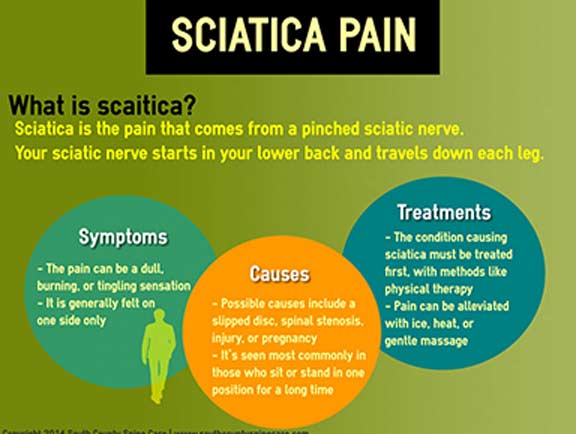Explore Real Reasons For Your Pain In The Back And Take Initiative In Managing Your Well-Being
Explore Real Reasons For Your Pain In The Back And Take Initiative In Managing Your Well-Being
Blog Article
Web Content By-McKay Sherrill
If you're experiencing back pain, your body may be trying to tell you something more than simply pain. The way your back feels can give beneficial ideas regarding your general well-being. Comprehending the certain kind of pain you're feeling and any accompanying signs is key to deciphering the secret behind your pain. Allow's explore the usual problems and signs and symptoms associated with various types of pain in the back to clarify what your body might be signaling.
Types of Back Pain
When it involves pain in the back, there are different kinds that you may experience. One typical kind is muscle pain, often triggered by overuse, strain, or injury to the muscles and tendons supporting the spine. This type of discomfort can vary from light pain to severe and incapacitating pain.
An additional kind is nerve pain, which can result from conditions like herniated discs or sciatica. Nerve pain frequently offers as a sharp, shooting experience that radiates down the leg.
Joint pain in the back can come from issues like joint inflammation or sacroiliac joint disorder. This kind of pain is usually felt in the reduced back and can be worsened by certain activities.
In addition, pain in the back can be related to structural problems such as back constriction or vertebral fractures. Understanding the kind of neck and back pain you're experiencing is important in establishing the ideal treatment and management methods.
Common Manifestations to Expect
Relocating beyond the different kinds of back pain, it's important to identify the usual symptoms that can indicate underlying problems.
Relentless pain in the back that worsens with movement or at night can suggest a more severe issue. Feeling numb or prickling in the legs or feet, especially when accompanied by weakness, may point to a nerve-related problem. If you experience abrupt weight loss in addition to back pain, it could be an indicator of an extra systemic condition.
Pay attention to any kind of adjustments in bladder or digestive tract function, as this could be connected to spinal cord compression. Fever, chills, or evening sweats in conjunction with pain in the back might indicate an infection. Watch out for pain that radiates down one or both legs, possibly a sign of sciatica.
Health Conditions Linked to Pain In The Back
If you experience pain in the back, it's critical to understand the potential wellness conditions linked to this pain. Pain in the back can be a signs and symptom of different underlying concerns, consisting of muscular tissue strains, herniated discs, osteoarthritis, spine stenosis, and also conditions like kidney stones or infections.
Muscle mass stress prevail and often result from raising heavy objects or unexpected motions.
https://www.medpagetoday.com/primarycare/alternativemedicine/90737 happen when the soft tissue between vertebrae protrudes, triggering nerve inflammation.
Osteoarthritis, a degenerative joint disease, can bring about pain in the back as cartilage material wears down.
Click At this website , the narrowing of the back canal, can tax nerves.
Kidney stones may trigger extreme back pain if they relocate into the urinary system tract.
Infections like back osteomyelitis can likewise manifest as back pain. Recognizing these possible wellness conditions can help you look for appropriate medical care and management for your neck and back pain.
how to help with back pain , next time your back injures, pay attention to the sort of pain and coming with symptoms. It could be a signal from your body regarding underlying wellness problems like muscular tissue stress, nerve issues, joint troubles, and even architectural concerns. By acknowledging these indicators, you can take proactive steps to attend to the source of your pain in the back and improve your overall health and wellness and wellness.
